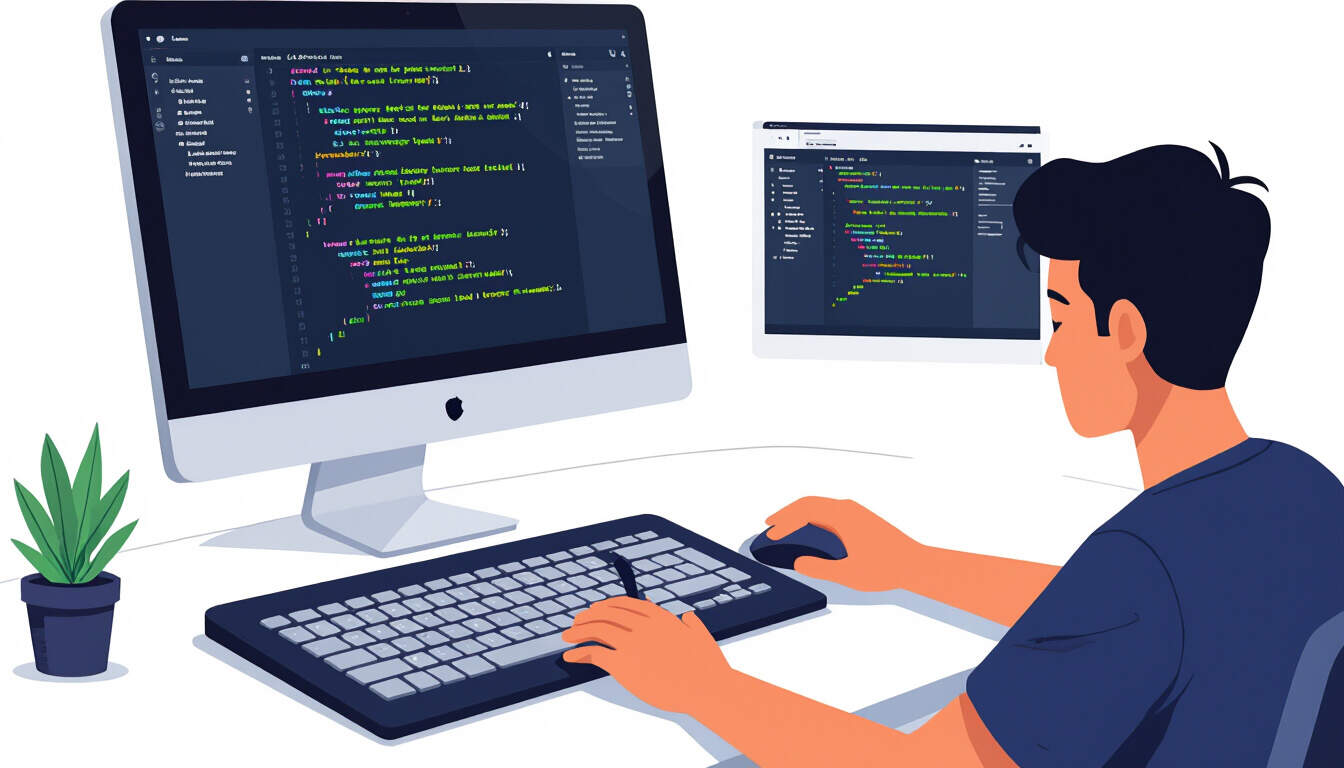Essential Form Validation Techniques for Freelance Web Developers
 by Verner Mayer
by Verner Mayer
Learning form validation is key for freelance web developers to build secure and user-friendly applications. This article covers basic techniques, implementation methods, and practical tips to help beginners and intermediate learners improve their skills and attract more clients.

Form validation plays a crucial role in web development by ensuring that user input is accurate and secure. This skill helps beginners build reliable applications that clients will appreciate.
One fundamental aspect is client-side validation, which checks data before it reaches the server. For instance, using HTML attributes like required and pattern can prevent common errors. Client-side validation makes forms more responsive and improves user experience.
Another important method involves JavaScript for more dynamic checks. Developers can use event listeners to validate inputs in real-time. This approach allows for immediate feedback, such as highlighting invalid fields. JavaScript offers flexibility in handling complex rules that HTML alone cannot cover.
On the server side, validation is essential for security reasons. Even if client-side checks are in place, server validation protects against malicious data. Languages like PHP or Node.js can process and verify submissions. Server-side validation acts as a safety net, ensuring data integrity regardless of client manipulation.
Let's explore specific techniques in detail. First, HTML5 provides built-in features that are easy for newcomers to implement. For example, the email input type automatically verifies email formats. This simplifies the process for those starting out. HTML5 features reduce the need for extensive custom code.
Regular expressions are another powerful tool for pattern matching. They allow developers to define precise rules for inputs, like phone numbers or passwords. By incorporating regex in JavaScript functions, you can create thorough validation routines. This technique is particularly useful for freelance projects involving user registrations.
Error handling is a key part of any validation strategy. Clear messages guide users on how to correct their inputs, reducing frustration. For example, displaying a message like "Please enter a valid email" helps maintain engagement. Proper error handling can lead to better user satisfaction and fewer support issues for freelancers.
When working on freelance web projects, combining these techniques creates a strong defense against errors. Start with basic HTML checks and layer on JavaScript for interactivity. Always follow up with server-side verification to cover all bases. This multi-layered approach is ideal for building professional-grade applications.
For beginners, practicing with simple forms is a great way to gain confidence. Create a basic contact form and add validation step by step. Tools like code editors with live previews make this process straightforward. Over time, you'll handle more advanced scenarios, such as validating file uploads or complex data sets.
Intermediate learners can benefit from integrating validation libraries. Options like jQuery Validation Plugin offer pre-built functions that save time. These resources allow you to focus on other project aspects while maintaining high standards. Using such libraries can speed up development cycles in freelance work.
Accessibility is often overlooked but vital in form validation. Ensuring that forms work with screen readers and keyboard navigation broadens your audience. Techniques like adding ARIA attributes help make validations inclusive. This consideration not only improves usability but also aligns with modern web standards. Accessibility features can set your services apart in a competitive market.
Testing is the final step in refining validation techniques. Manual tests involve submitting various inputs to check for failures. Automated tools, such as unit testing frameworks, provide deeper insights. Regular testing helps identify issues early, leading to more polished deliverables for clients.
In practice, these methods translate to real-world benefits for freelance web developers. By mastering form validation, you enhance application security and reliability, which attracts repeat business. Clients value developers who deliver clean, error-free products.
To apply this knowledge, start with small projects like a login form or a survey. Gradually incorporate more techniques as you grow. Remember, consistent practice builds expertise and opens doors to new opportunities.
Beyond technical skills, effective validation demonstrates attention to detail in your work. It shows potential clients that you prioritize quality, which is essential for building a successful freelance career.
Finally, keep learning and experimenting with new tools. The web development field offers endless possibilities for growth. By focusing on skills like form validation, you'll be well-prepared to thrive as a freelance web developer.
